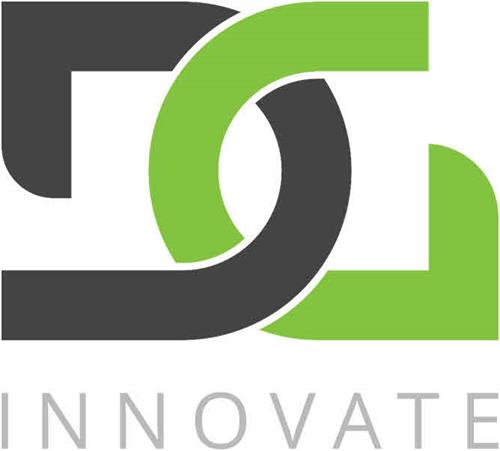Lithium-ion (Li-ion) batteries have dominated the market for the past three decades, powering personal electronics, electric vehicles, and grid-scale applications. However, the quest for next-generation battery chemistries is intensifying due to sustainability concerns, supply chain instability, and safety issues. Companies are now exploring alternatives like solid-state batteries (SSBs) and silicon-anode technologies for future products, including smartphones, e-mobility devices, and electric vehicles (EVs).
Sodium-ion (Na-ion) batteries are emerging as a potential disruptor to the Li-ion market, with projections indicating they could surpass SSBs and silicon-anode batteries over the next decade, reaching nearly $5 billion by 2032. Companies such as China’s CATL and the UK’s Faradion, now owned by Reliance Industries, are leading in commercialising Na-ion batteries. The first Na-ion battery plant in the US, operated by Natron Energy, is set to start deliveries for grid-scale products this summer.
The push for commercialisation is happening alongside ongoing research and development, highlighting the need to evaluate Na-ion battery performance. Na-ion technologies, like Li-ion, are expected to encounter unforeseen challenges for manufacturers and end-users, including grid-scale operators, original equipment manufacturers (OEMs), and tech companies. These stakeholders will face new safety, performance, and integration questions, particularly as Na-ion batteries are rapidly introduced to the market without extensive real-world insights.
The increasing demand for more sustainable energy storage is evident, with US data center demand projected to reach 35 gigawatts annually by 2030, double the 2022 figure, and grid-scale energy storage expected to surpass 400 gigawatts within the same period. Meeting this rising demand requires a battery chemistry that is both sustainable and cost-effective. Sodium, the sixth most abundant element on Earth, offers a viable alternative. Na-ion batteries, primarily composed of sodium, aluminium, and other materials, could reduce material costs by an estimated 25-30% compared to lithium iron phosphate (LFP) batteries. With lithium reserves potentially exhausted by the end of the 21st century and Na-ion battery cells estimated to be one-third the price of Li-ion counterparts, Na-ion batteries present an attractive solution for battery manufacturers.
Despite requiring materials that necessitate global sourcing, Na-ion batteries could alter the global battery manufacturing landscape. The US, which holds the majority of the world’s natural soda ash, could further drive the development and manufacturing of Na-ion technologies in North America.
Na-ion batteries also offer high thermal stability and potentially lower flammability, allowing for higher operating temperatures and lower voltages relative to lithium batteries. However, their key drawback is lower energy density, currently averaging 150 watt-hours per kilogram compared to Li-ion’s 265. Na-ion batteries, with their larger and heavier sodium ions, occupy more space and require more material to store the same charge, resulting in limited energy per unit mass or volume. This makes them suitable for compact, inexpensive, and range-limited EV fleets, data centres, and grid-scale applications, but less so for lightweight electronics and long-range driving applications.
To overcome these limitations, improving the conductivity and electrochemical stability of Na-ion batteries is crucial, as is experimenting with cathode and anode materials to increase cell capacity and energy density. Potential solutions include using cathode materials like layered oxides, polyanionic compounds, and Prussian blue analogs (PBAs), and anodes such as hard carbon, tin, antimony, bimetallic alloys, or bismuth-based transition metal chalcogenides (TMDs). Each material has its own drawbacks and challenges, requiring careful assessment against the risks and energy requirements of the product, its failure modes, and foreseeable use scenarios.
Advanced analytical techniques such as accelerating rate calorimetry (ARC), fractional thermal runaway calorimetry (FTRC), and X-ray computed tomography (CT) can support the evaluation of Na-ion failure modes, thermal runaway scenarios, and risks presented by variations in cathode and anode electrochemistry.
Innovative, cost-effective, and more sustainable solutions like Na-ion batteries are gaining traction, offering new opportunities for manufacturers, utilities, OEMs, and potentially electronics companies to meet future battery demands. However, with any new technology comes risk. Lessons learned from Li-ion battery development can help stakeholders anticipate and address unexpected challenges for Na-ion batteries. Ongoing research and product integrations will benefit from rigorous quality, risk, and safety assessments to ensure reliable battery performance.
While sodium offers significant environmental benefits over lithium, the full supply chain for Na-ion batteries remains nascent. Manufacturers and product developers must carefully evaluate component integrations, sourcing options, and supply chain vulnerabilities to ensure quality and reliability. Defining risks specific to the manufacture, transport, and storage of Na-ion batteries and implementing processes for post-market surveillance and iterative improvements will be crucial for widespread commercialisation.
DG Innovate plc (LON:DGI) is an advanced research and development company pioneering sustainable and environmentally considerate improvements to electric mobility and storage, using abundant materials and the best engineering and scientific practices. Deregallera is a subsidiary of DG Innovate.


